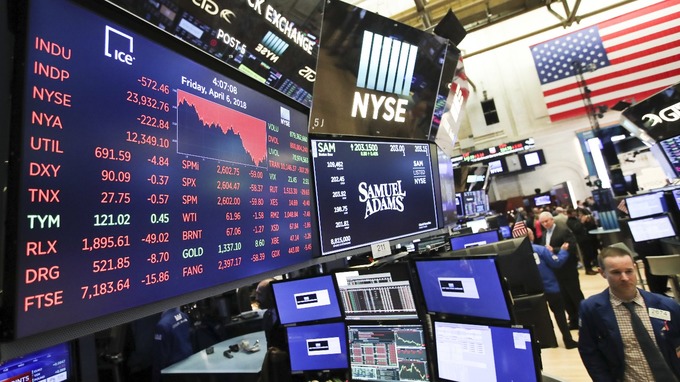Synchrony Financial (SYF) Moves Lower on Volume Spike for November 02
Synchrony Financial (SYF) traded on unusually high volume on Nov. 02, as the stock lost 9.58% to close at $26.43. On the day, Synchrony Financial saw 18.84 million shares trade hands on 81,305 trades. Considering that the stock averages only a daily volume of 5.3 million shares a day over the last month, this represents a pretty significant bump in volume over the norm.




















